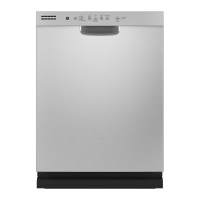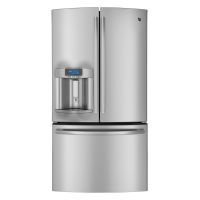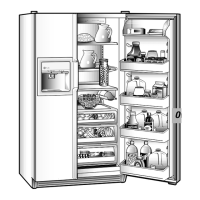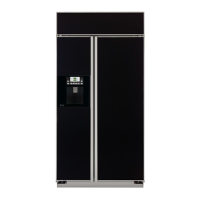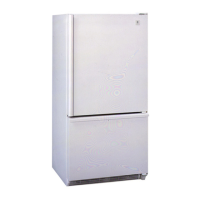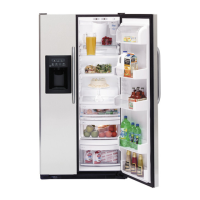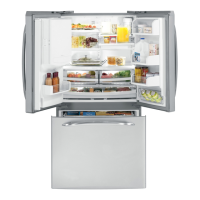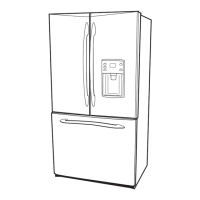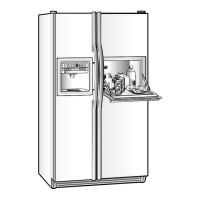9
Troubleshooting TipsInstallation Instructions Customer ServiceOperating InstructionsSafety Information
You won’t find an energy saver switch on this refrigerator.
Warm liquid from the refrigerator’s condenser is automatically
circulated around the front edge of the freezer compartment to
help keep moisture from forming on the outside of the refrigerator
during humid weather.
Many refrigerators use special electric heaters. This refrigerator
needs none. That’s why there is no
energy saver
switch…there’s no
need for it.
Automatic Energy Saver System
The type of packaging used and the storage temperatures will affect
how long food will keep in the refrigerator.
New food storage guidelines are constantly being developed.
Consult the County Extension Service for the latest information on freezing and
storing foods.
Food Storage
Use the milk test for the fresh food compartment. Place a container
of milk on the top shelf and check it a day later. If the milk is too
warm or too cold, adjust the temperature controls.
Use the ice cream test for the freezer compartment. Place a
container of ice cream in the center of the freezer and check it after
a day. If it’s too hard or too soft, adjust the temperature controls.
After changing the controls, allow 24 hours for the refrigerator to reach the
temperature you have set.
How To Test Temperatures
